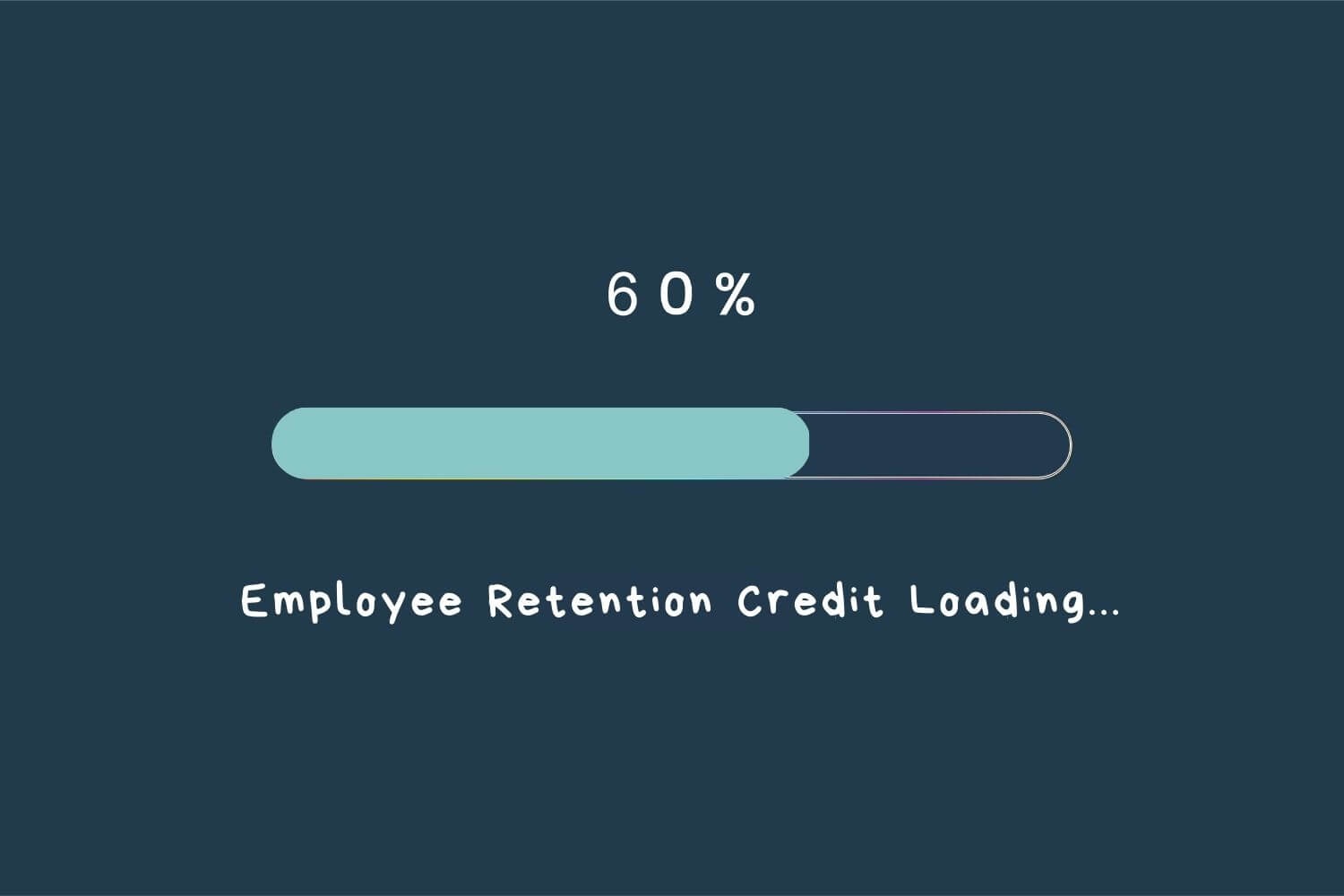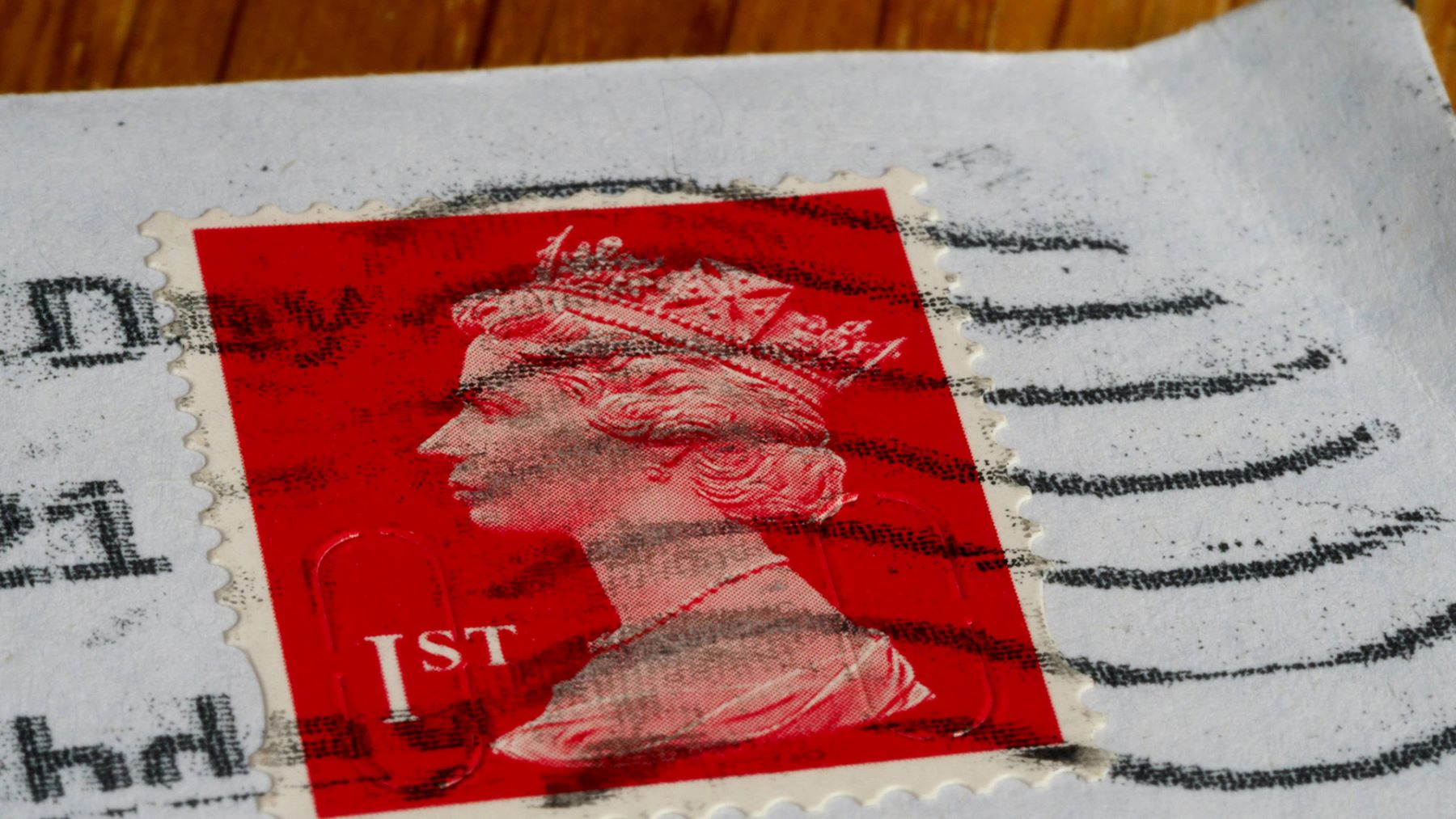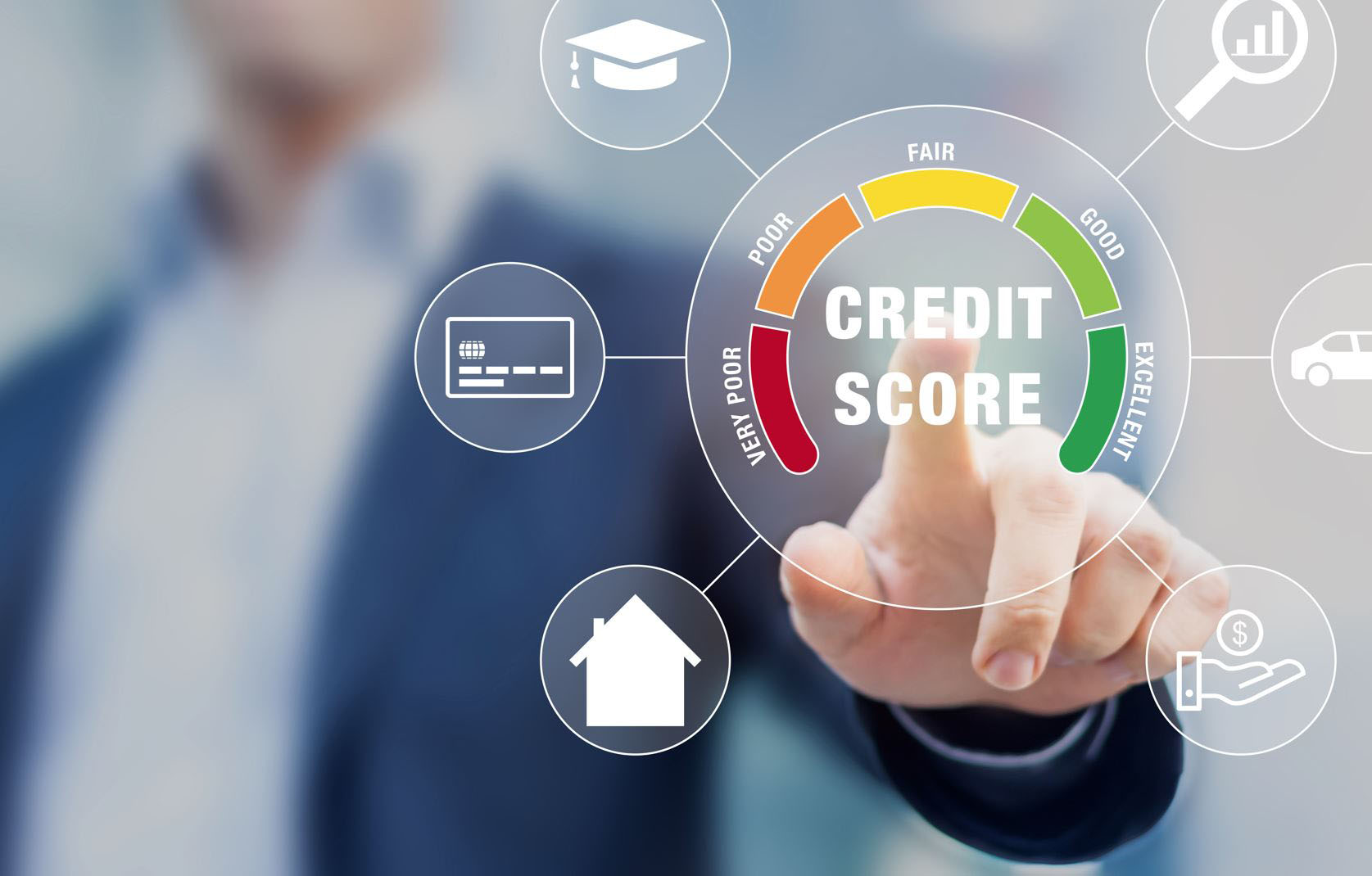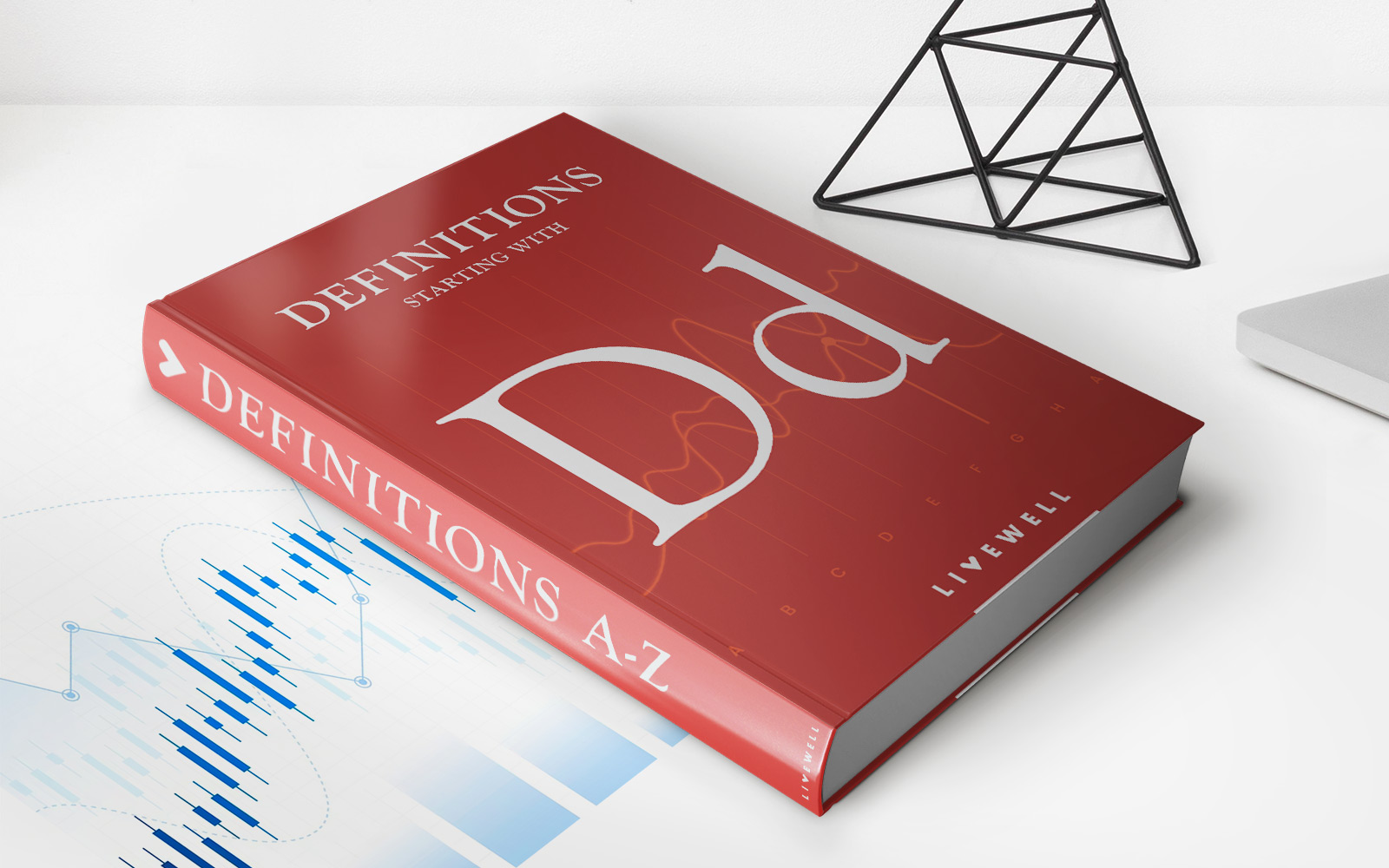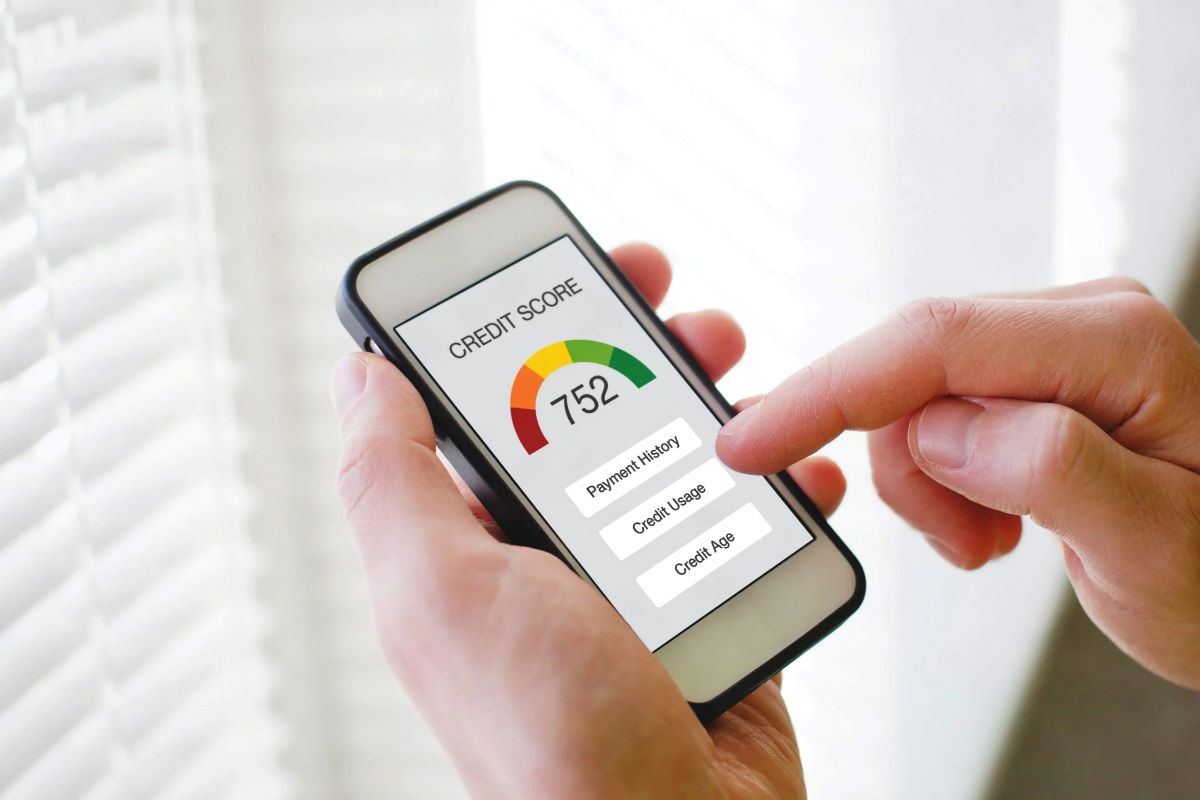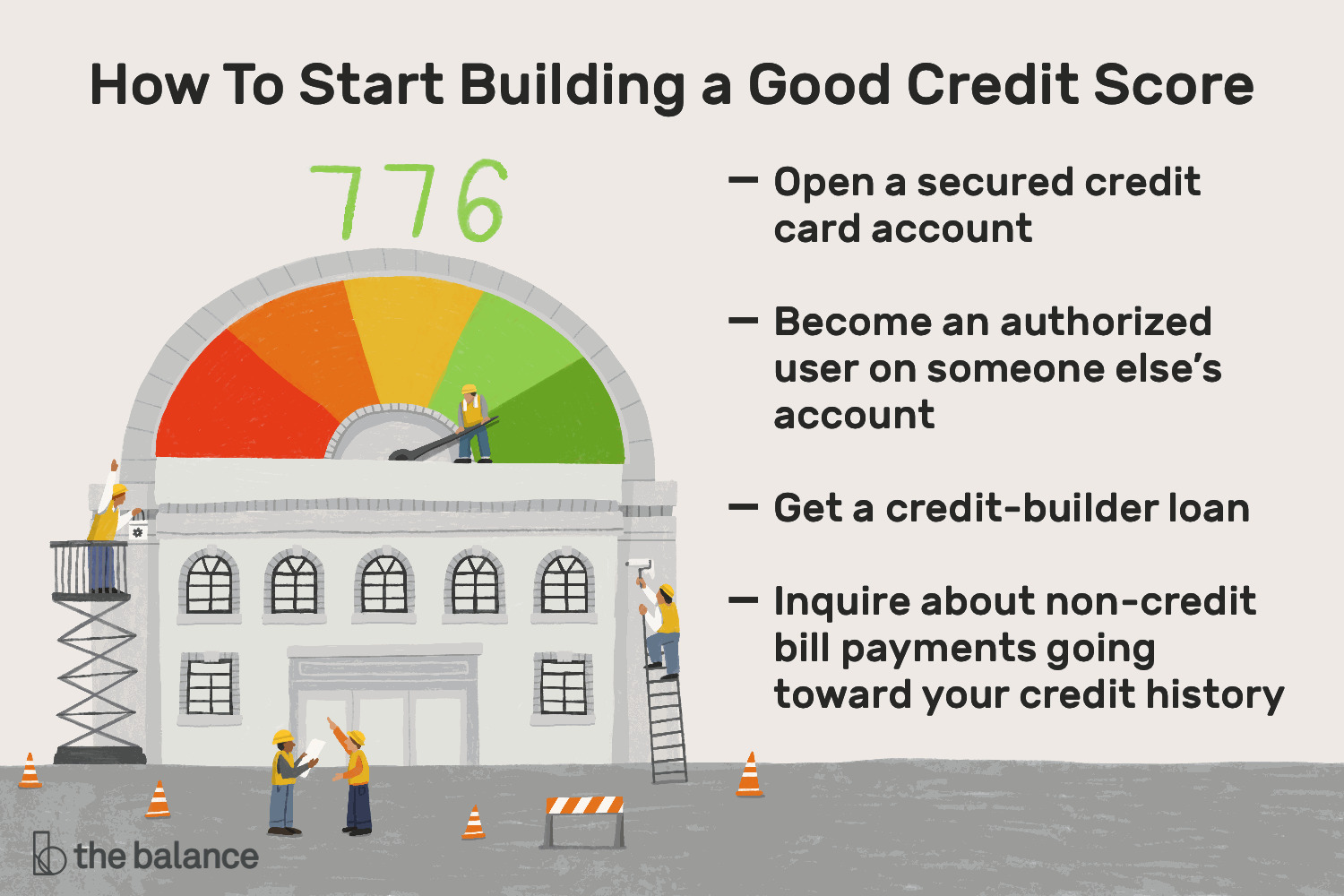Home>Finance>How Long Does It Take For Credit Utilization To Change On Credit Report


Finance
How Long Does It Take For Credit Utilization To Change On Credit Report
Published: March 6, 2024
Learn how credit utilization impacts your credit report and how long it takes to see changes. Get insights on managing your finances effectively.
(Many of the links in this article redirect to a specific reviewed product. Your purchase of these products through affiliate links helps to generate commission for LiveWell, at no extra cost. Learn more)
Table of Contents
Introduction
Understanding the dynamics of credit utilization and its impact on credit reports and scores is crucial for anyone aiming to maintain healthy financial standing. Credit utilization refers to the ratio of your credit card balances to your credit limits, and it plays a pivotal role in determining your creditworthiness. This article delves into the intricate details of credit utilization, shedding light on the factors influencing it, its significance in credit reports, and the duration it takes for changes in credit utilization to reflect on credit reports.
Credit utilization is a fundamental component of credit scoring models utilized by major credit bureaus. It provides a clear indication of how responsibly an individual manages their credit accounts. As such, comprehending the mechanisms behind credit utilization is essential for anyone seeking to build and maintain a favorable credit profile.
By exploring the factors influencing credit utilization and the timeline for changes to manifest on credit reports, individuals can gain valuable insights into managing their credit effectively. Additionally, understanding the impact of credit utilization on credit scores and implementing strategies to optimize it can significantly enhance one's financial well-being.
This article aims to empower readers with comprehensive knowledge about credit utilization, equipping them with the tools to make informed decisions regarding their credit management. Whether you are a seasoned credit user or just starting to establish your credit history, the insights presented here will prove invaluable in navigating the intricacies of credit utilization and its implications on credit reports and scores.
Understanding Credit Utilization
Credit utilization, often referred to as the credit utilization ratio, is a crucial metric that reflects the amount of credit you are currently using in relation to your total available credit. It is typically expressed as a percentage and is calculated by dividing the total outstanding balances on your credit accounts by the total credit limit across all accounts. For example, if your total credit card balances amount to $2,000 and your combined credit limits across all cards equal $10,000, your credit utilization ratio would be 20%.
This metric holds significant weight in credit scoring models, as it serves as a key indicator of an individual’s credit management habits. Lenders and credit bureaus utilize credit utilization to assess an individual’s ability to manage credit responsibly. A lower credit utilization ratio is generally perceived favorably, signaling that an individual is using credit conservatively and not overly reliant on borrowed funds.
Understanding the impact of credit utilization on credit reports and scores is paramount in maintaining a healthy financial profile. High credit utilization can raise red flags for lenders, potentially leading to higher interest rates on loans or credit denials. On the other hand, low credit utilization demonstrates prudent financial behavior and can positively influence credit scores, making individuals more attractive to lenders.
It is important to note that credit utilization is not solely limited to credit cards; it encompasses all revolving credit accounts, including lines of credit and retail store cards. Monitoring and managing credit utilization across all these accounts is essential for maintaining a favorable credit profile.
By comprehending the significance of credit utilization and its role in shaping creditworthiness, individuals can proactively manage their credit balances, thereby positioning themselves for better financial opportunities and improved credit standing.
Factors Affecting Credit Utilization
Credit utilization is influenced by various factors that can have a significant impact on an individual’s overall credit health. Understanding these factors is crucial for effectively managing credit utilization and maintaining a favorable credit profile.
- Credit Card Balances: The outstanding balances on credit cards directly contribute to credit utilization. Higher balances relative to credit limits result in elevated credit utilization ratios, potentially signaling financial distress to lenders and credit bureaus.
- Credit Limit Increases or Decreases: Any changes to credit limits, whether through credit limit increases or decreases, directly affect credit utilization. A higher credit limit can lower the credit utilization ratio, while a reduced credit limit can elevate it, potentially impacting credit scores.
- Opening or Closing Credit Accounts: Opening new credit accounts can increase total available credit, thereby reducing credit utilization if balances remain consistent. Conversely, closing credit accounts may decrease available credit, leading to higher credit utilization ratios.
- Payment History: Timely payments contribute to lower credit card balances, subsequently reducing credit utilization. Conversely, late or missed payments can elevate balances and, consequently, credit utilization.
- Transferring Balances: Balance transfers between credit accounts can impact credit utilization. Consolidating balances onto a single account may result in a higher utilization ratio on that specific card, potentially affecting credit scores.
These factors underscore the dynamic nature of credit utilization and emphasize the importance of actively managing credit balances and credit limits. By considering these influential elements, individuals can make informed decisions to optimize their credit utilization and bolster their creditworthiness.
How Long Does It Take for Credit Utilization to Change on a Credit Report
The timeline for changes in credit utilization to reflect on a credit report can vary depending on several factors, including billing cycles, statement dates, and reporting practices of credit card issuers. When individuals make payments or adjust their credit card balances, the duration for these changes to be reflected in their credit reports may range from a few days to a month.
Typically, credit card issuers report account information to credit bureaus once a month, shortly after the statement closing date. This means that any adjustments made to credit card balances, such as paying down debt or making additional charges, may take until the next reporting cycle to be updated on the credit report. It’s important to note that credit card issuers have varying reporting practices, and some may report account information more frequently than others.
Moreover, the timing of credit card payments in relation to the statement closing date can also influence when changes in credit utilization are reflected on credit reports. If individuals make payments before the statement closing date, the reduced balances will likely be captured in the next reporting cycle. However, if payments are made after the statement closing date, the updated balances may not be reported until the subsequent cycle, potentially delaying the impact on credit reports.
It’s essential for individuals to monitor their credit card statement dates, payment due dates, and reporting cycles to gauge when changes in credit utilization will be accounted for in their credit reports. By doing so, they can strategically time their credit management activities to optimize the portrayal of their credit utilization on credit reports.
Understanding the timeline for changes in credit utilization to manifest on credit reports empowers individuals to make informed decisions about managing their credit balances and proactively influencing their creditworthiness.
Impact of Credit Utilization on Credit Score
Credit utilization exerts a significant influence on credit scores, making it a pivotal factor in determining an individual’s creditworthiness. The credit utilization ratio is a key component of credit scoring models, and it plays a crucial role in shaping credit scores across major credit reporting systems, including FICO and VantageScore.
High credit utilization ratios can have adverse effects on credit scores, potentially leading to a decrease in the overall creditworthiness of an individual. Lenders and credit bureaus interpret high credit utilization as a sign of financial strain or overreliance on credit, which may raise concerns about an individual’s ability to manage debt responsibly. Consequently, individuals with elevated credit utilization ratios may experience a dip in their credit scores, limiting their access to favorable lending terms and financial opportunities.
Conversely, maintaining a low credit utilization ratio can positively impact credit scores, signaling prudent credit management and financial stability. Individuals with lower credit utilization ratios are often viewed more favorably by lenders and credit scoring systems, potentially resulting in higher credit scores and improved access to credit at competitive terms.
It is important to note that credit utilization is assessed across individual accounts as well as aggregate credit lines, meaning that both high utilization on specific accounts and overall high utilization can impact credit scores. As such, individuals should strive to manage credit utilization effectively across all credit accounts to optimize their credit scores and enhance their creditworthiness.
By comprehending the profound impact of credit utilization on credit scores, individuals can proactively manage their credit balances to maintain optimal utilization ratios, thereby safeguarding and enhancing their credit standing for future financial endeavors.
Tips for Managing Credit Utilization
Effectively managing credit utilization is integral to maintaining a healthy credit profile and maximizing credit scores. By implementing strategic practices and exercising financial discipline, individuals can optimize their credit utilization ratios and bolster their creditworthiness. Here are valuable tips for managing credit utilization:
- Monitor Credit Balances Regularly: Routinely monitoring credit card balances and credit limits enables individuals to stay informed about their credit utilization ratios. This awareness empowers them to make timely adjustments to maintain favorable utilization levels.
- Strive for Low Utilization Ratios: Aim to keep credit utilization ratios low, ideally below 30%. This demonstrates responsible credit usage and can positively impact credit scores, making individuals more attractive to potential lenders.
- Consider Increasing Credit Limits: Requesting credit limit increases from credit card issuers can effectively lower credit utilization ratios, provided that spending remains consistent. This can be a strategic move to improve utilization levels and enhance credit profiles.
- Pay Balances Before Statement Closing Dates: Making credit card payments before the statement closing dates can ensure that reduced balances are reflected in the next reporting cycle, thereby optimizing credit utilization ratios on credit reports.
- Use Multiple Credit Cards Wisely: Distributing charges across multiple credit cards can help maintain lower utilization ratios on individual accounts, contributing to a healthier overall credit utilization profile.
- Avoid Closing Unused Credit Accounts: Keeping unused credit accounts open can contribute to a lower aggregate credit utilization ratio, as it increases the total available credit without incurring additional debt.
- Be Mindful of Balance Transfers: When engaging in balance transfers between credit accounts, consider the impact on credit utilization. Consolidating balances onto a single card may elevate the utilization ratio on that specific card, potentially affecting credit scores.
- Establish Emergency Savings: Building an emergency fund can provide a financial safety net, reducing the reliance on credit and subsequently lowering credit utilization ratios in times of unexpected expenses.
By incorporating these proactive strategies into their financial management practices, individuals can effectively navigate credit utilization dynamics and position themselves for stronger credit profiles and enhanced credit scores. Cultivating responsible credit utilization habits is instrumental in securing favorable lending terms and pursuing various financial opportunities.
Conclusion
Understanding the intricacies of credit utilization and its impact on credit reports and scores is paramount for anyone seeking to fortify their financial well-being. Credit utilization serves as a critical indicator of an individual’s credit management habits, influencing creditworthiness and shaping lending decisions. By comprehending the factors affecting credit utilization and the timeline for changes to manifest on credit reports, individuals can proactively manage their credit balances to optimize their credit profiles.
The profound influence of credit utilization on credit scores underscores the significance of maintaining low utilization ratios to demonstrate responsible credit usage. Individuals can strategically employ various techniques, such as monitoring credit balances, timing payments, and leveraging available credit limits, to manage their credit utilization effectively and enhance their creditworthiness.
By adhering to prudent credit utilization practices and implementing the tips outlined in this article, individuals can navigate the complexities of credit management with confidence. Proactively managing credit utilization not only fosters stronger credit profiles but also opens doors to favorable lending terms and financial opportunities.
In conclusion, mastering the art of credit utilization empowers individuals to take control of their financial destinies, positioning them for enduring financial stability and success. By optimizing credit utilization, individuals can pave the way for brighter financial futures and unlock a myriad of possibilities for achieving their goals.
